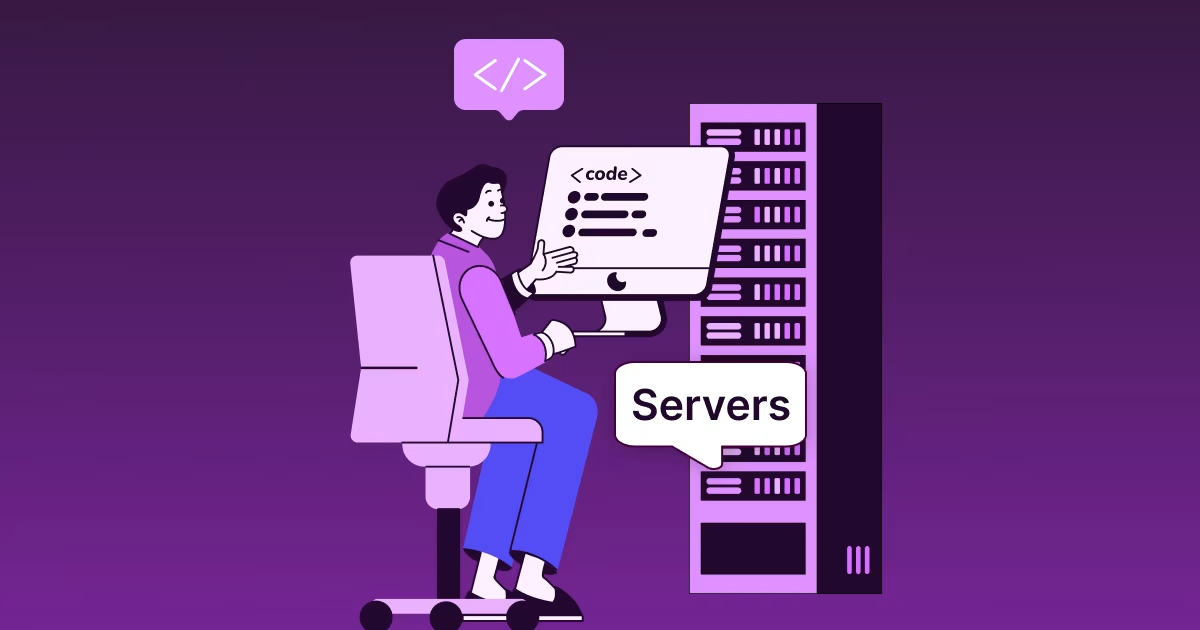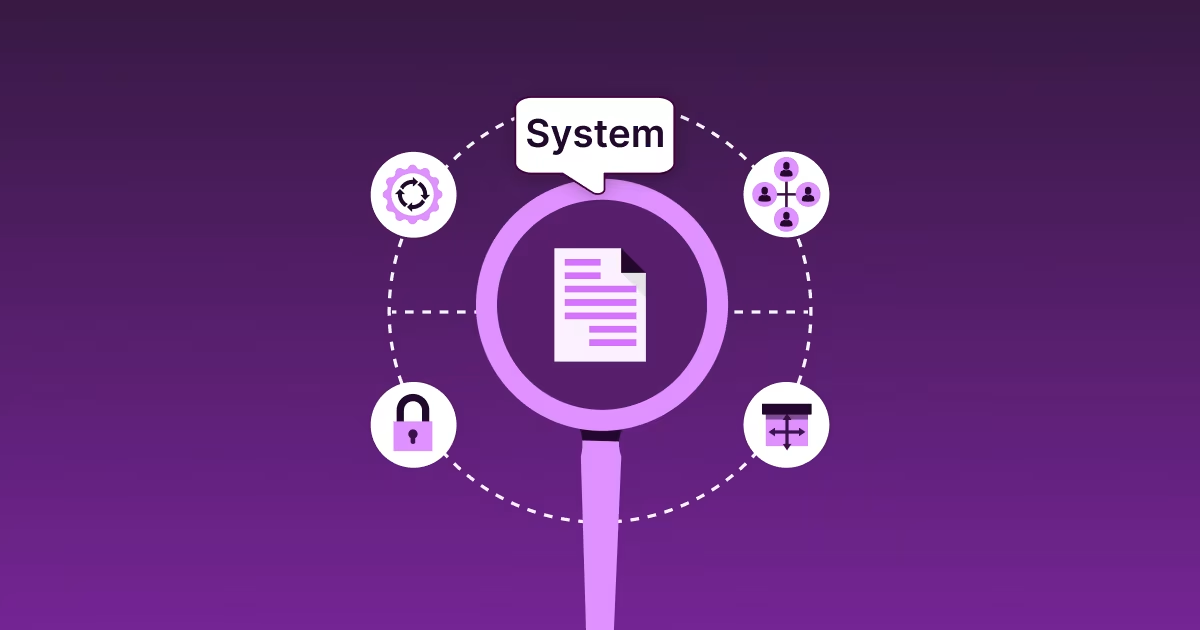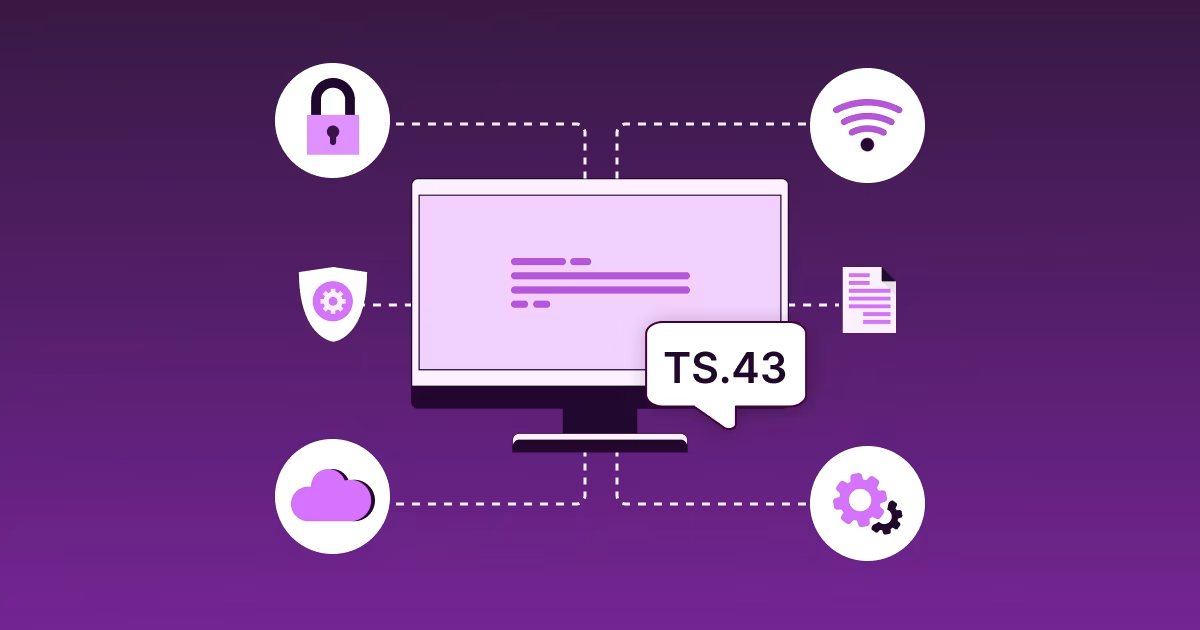Cloud, On-Premise, Hybrid & Multi-Tenant: Deployment Models for Service Entitlement Servers

Key Takeways
- Deployment choice impacts cost, compliance, and scalability.
- On-premise ensures control but adds complexity and CAPEX.
- Cloud boosts agility and speed, ideal for fast market entry.
- Hybrid balances control and flexibility across regions.
- Multi-tenant lowers cost through shared infrastructure but demands strict isolation.
When teams start planning a TS.43-compliant entitlement server, one of the first questions that comes up is this: what deployment model should we use?
It sounds simple, but it shapes everything — cost, time to market, compliance posture, and how quickly you can onboard new devices or OEMs.
Let’s break down what really matters when choosing between cloud, on-premise, hybrid, and multi-tenant deployment models for an entitlement server, without drifting into theory.
If you’re new to entitlement servers, you can first check our detailed overview, What is an Entitlement Server & Why It Matters for Telecom Operators, which covers how TS.43 servers fit into the modern telecom stack. Once you understand that foundation, this guide helps you decide how to deploy it right.
Why the Deployment Model Matters
The entitlement server sits in a sensitive spot between your network, OEMs, and subscribers. It determines who is “entitled” to use VoLTE, VoWiFi, SMS over IP, or eSIM activation. Every entitlement check travels through it, so its architecture directly affects latency, reliability, and even customer experience.
But here’s the nuance: this decision isn’t purely technical. It’s strategic. The deployment model you choose defines how quickly your organization can respond to new OEM requirements, GSMA updates, or regulatory changes.
On-Premise Deployment: Control Comes at a Cost
On-premise deployment means your entitlement server lives inside your own infrastructure: your hardware, your data center, your firewall.
Operators often choose this route because it gives them maximum control. You know exactly where subscriber data resides. Integration with your existing BSS, OSS, and AAA systems happens on your private network. There’s no external dependency for authentication or entitlement checks.
This setup is usually preferred by large or legacy operators, especially in regions with strict data sovereignty rules. Security and compliance teams love it because every bit of data stays within national or company boundaries.
However, the tradeoff is complexity and cost. On-prem means higher CAPEX to set up and OPEX to maintain. Upgrades can get tricky when GSMA updates TS.43 specifications or OEMs release new entitlement flows. You’ll need strong in-house DevOps or vendor support to roll out those changes quickly.
If this path feels familiar, take a look at our related post, Security in Entitlement Servers, where we explore how on-prem deployments handle encryption, authentication, and resilience.
Cloud Deployment: Agility Without the Hardware Burden
Cloud-based entitlement servers (often offered as SaaS or managed services) have become popular for one main reason: speed.
They remove the infrastructure overhead and let you launch or scale entitlement services almost instantly. Whether you’re handling VoWiFi for millions of users or enabling eSIM activation for new OEMs, the cloud gives you elasticity that on-prem setups struggle to match.
Another advantage is upgrade agility. When GSMA releases new TS.43 versions, your cloud provider can push those updates centrally. You stay compliant without spending weeks testing patch releases or deploying new servers.
However, cloud deployments bring their own considerations. Data residency laws, latency between your network and the cloud, and dependency on vendor uptime are critical to assess.
Smaller operators, MVNOs, or those entering new markets often find cloud deployment the most practical first step. It’s a fast way to validate entitlement use cases like companion device activation or silent authentication. (We unpack these scenarios in our article, Use Cases of Entitlement Servers: Wearables, eSIM, VoWiFi, and Silent Authentication.)
Hybrid Deployment: Balancing Control and Agility
Many operators find that neither full on-prem nor full cloud fits perfectly; that’s where hybrid deployment comes in.
A hybrid entitlement server splits responsibilities. For example, authentication, token validation, and subscriber data might stay on-prem, while configuration delivery and user interface flows run in the cloud. This way, sensitive data remains protected, but you still benefit from cloud scalability and regional elasticity.
Hybrid models work especially well for global operators managing multiple markets. They can host regional nodes to serve local devices while maintaining centralized governance and consistent policy enforcement.
The challenge here isn’t technical feasibility but operational maturity. Running hybrid architecture means orchestrating security, version management, and monitoring across environments. You’ll need disciplined DevOps and well-defined governance to prevent fragmentation.
If your organization is in transition (moving from legacy systems toward cloud readiness) hybrid is often the pragmatic middle ground. You can evolve at your own pace without losing compliance or customer experience.
Our TS.43 Entitlement Server Deployment Guide for Carriers & OEMs provides a practical checklist for operators considering this route, including architecture validation and rollout sequencing.
Multi-Tenant Deployment: Shared Infrastructure, Segmented Logic
A multi-tenant entitlement server serves multiple carriers, sub-brands, or MVNOs from a shared platform. Each tenant operates logically isolated, but benefits from the same infrastructure and software version.
This model is increasingly used by vendors offering Entitlement-as-a-Service platforms, especially for operators that prefer not to manage the infrastructure themselves. It’s also becoming common in regional deployments, where several carriers share entitlement infrastructure managed under strict SLAs.
The advantages are significant:
- Reduced total cost of ownership due to shared resources.
- Faster updates across all tenants.
- Simplified OEM onboarding, since one entitlement server can support multiple carrier configurations.
The main caution is isolation discipline. Multi-tenancy only works if data separation and access control are airtight. If mismanaged, one tenant’s issue could impact another’s service reliability.
If you’re evaluating multi-tenant setups, it helps to understand how entitlement servers differ from related systems like provisioning or authorization. Our article Entitlement Server vs Authorization Server vs Provisioning Server: What’s the Difference? explains these roles clearly.
Choosing the Right Model: A Practical Framework
Every operator’s context is different, but here’s a quick decision lens to make the choice clear:
Key takeaway:
- If compliance is non-negotiable, on-prem or hybrid wins.
- If time-to-market and scale are critical, cloud or multi-tenant works best.
- Most tier-one operators are converging on hybrid, while agile MVNOs are adopting cloud-first models.
If you’re designing an entitlement system from scratch, you can also explore our guide, How to Implment an Entitlement Server, which walks through architecture, integration, and rollout best practices.
Real-World Observations
- European operators are moving from on-prem to hybrid to align with GAIA-X and regional data sovereignty initiatives.
- Asian OEMs are pushing cloud-based entitlement for faster multi-carrier eSIM transfers.
- US MVNOs are adopting multi-tenant SaaS platforms for cost efficiency and flexibility.
- Vendors are now building entitlement servers as modular microservice architectures, so operators can shift between models over time instead of being locked in.
Conclusion: Architecture as a Competitive Edge
Choosing your entitlement server deployment model isn’t about following a trend. It’s about aligning your operational capabilities with your service ambitions.
If your goal is full control and compliance, start with on-prem. If you’re optimizing for agility and expansion, cloud or multi-tenant could be ideal. If you’re balancing both, hybrid is your most future-proof bet.
Ultimately, the right deployment model turns your entitlement server from a compliance requirement into a strategic advantage — enabling faster device onboarding, smoother eSIM experiences, and secure VoWiFi or VoLTE activations at scale.
If you’re evaluating which model fits your business or looking to modernize your entitlement infrastructure, connect with our team. We help operators and OEMs design and deploy TS.43-compliant architectures that align with both regulatory demands and growth goals.
FAQs
What deployment model should I pick for my entitlement server project?
You should align your choice with your service roadmap, geographic footprint, regulatory regime, legacy infrastructure and device/OEM targets. If you need full control and compliance, on-premise or hybrid may be best; if you need speed and scale, cloud or multi-tenant are strong options.
Can we migrate from one model to another (for example from on-premise to cloud)?
Yes. Many operators begin with on-premise for critical services then evolve into hybrid or cloud as they roll out new use cases and markets. The architectural design should allow upgrade paths, modular services and version control.
What are the compliance and data-residency implications for each model?
On-premise gives you full control of data locality and privacy; cloud models must address local regulations, data sovereignty, and vendor auditability; hybrid allows sensitive data to remain local while leveraging cloud for scale. Multi-tenant models need strong tenant isolation to meet regulatory/regimen requirements.






.png)


